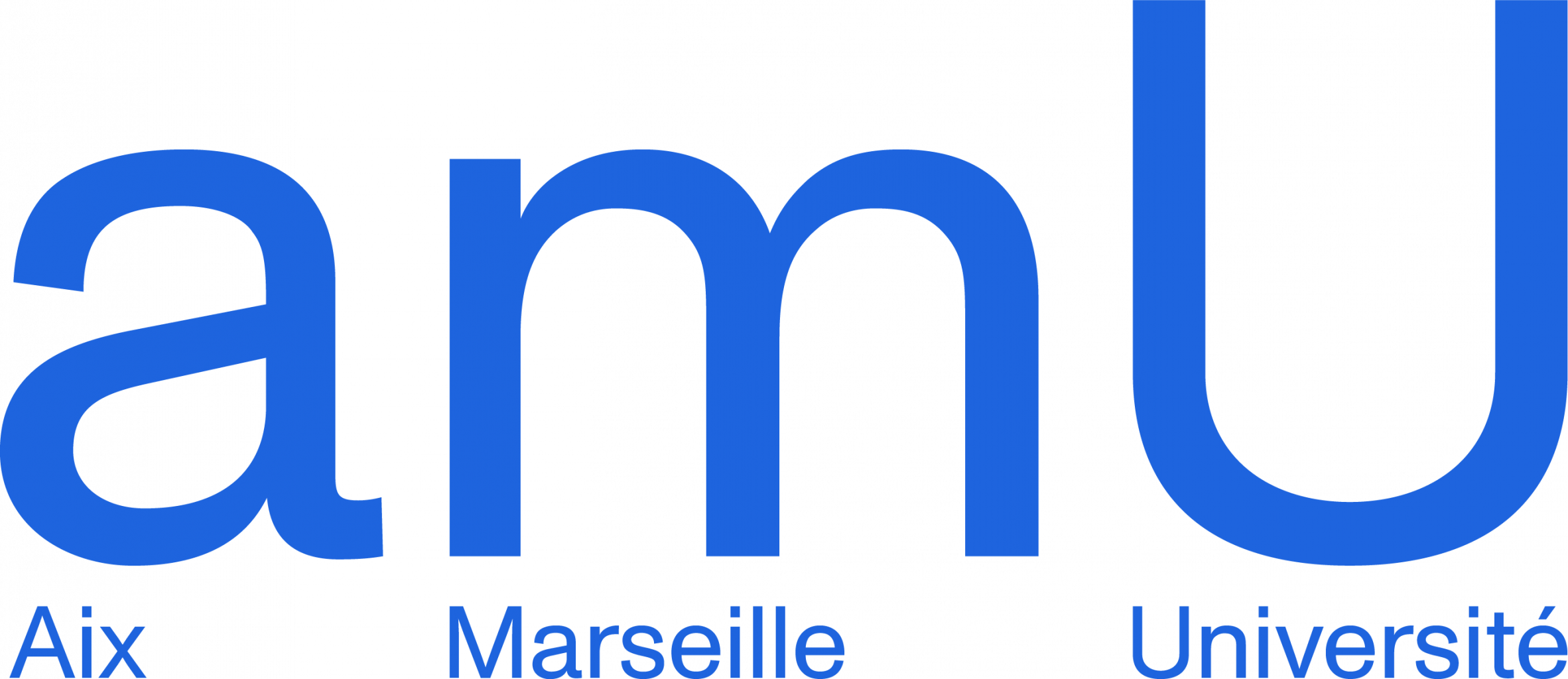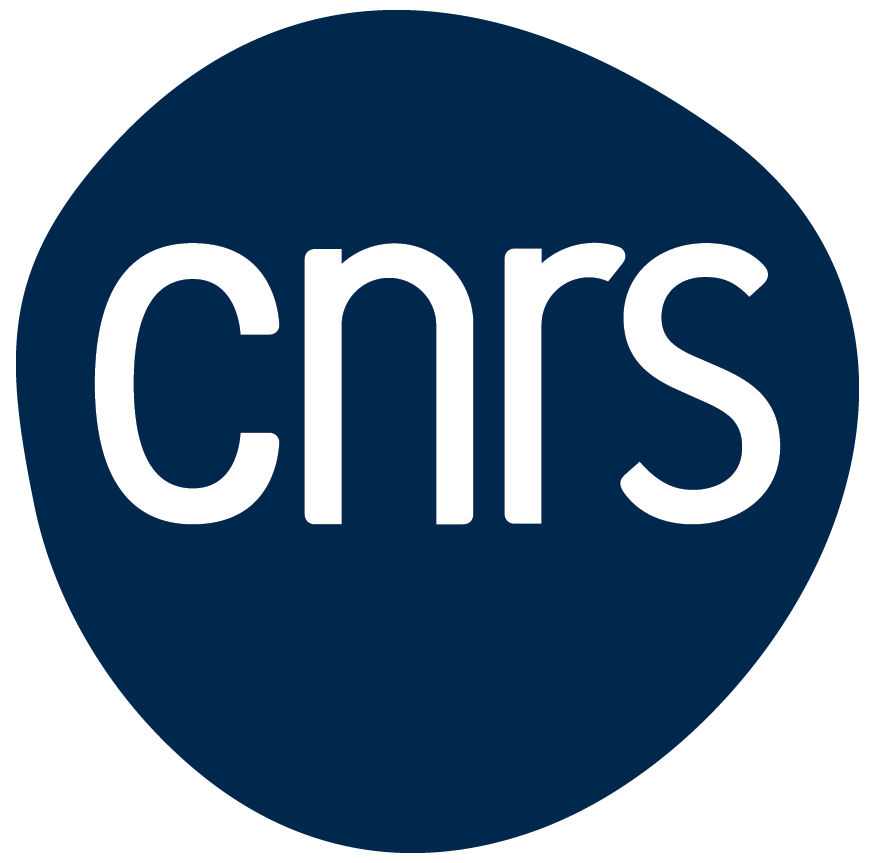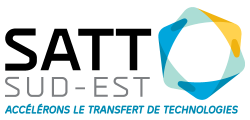Research topics & current projects
Strongly correlated plasmas
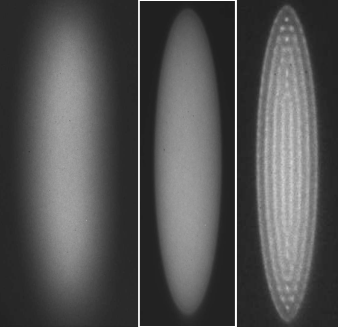 Since the pioneering work of Paul and Dehmelt in the 1950s, laser-cooled trapped
ions have found countless applications as a platform for quantum technology, for
example in metrology or quantum computing. When a large number of ions are trapped
simultaneously, they behave like a non-neutral plasma which, depending on temperature,
can exist in a gaseous, liquid or crystalline phase (as shown in the image). Our
experimental platforms enable us to study the physics of these highly correlated
plasmas in a regime where the Coulombic energy of interaction dominates.
Since the pioneering work of Paul and Dehmelt in the 1950s, laser-cooled trapped
ions have found countless applications as a platform for quantum technology, for
example in metrology or quantum computing. When a large number of ions are trapped
simultaneously, they behave like a non-neutral plasma which, depending on temperature,
can exist in a gaseous, liquid or crystalline phase (as shown in the image). Our
experimental platforms enable us to study the physics of these highly correlated
plasmas in a regime where the Coulombic energy of interaction dominates.
Frequency metrology
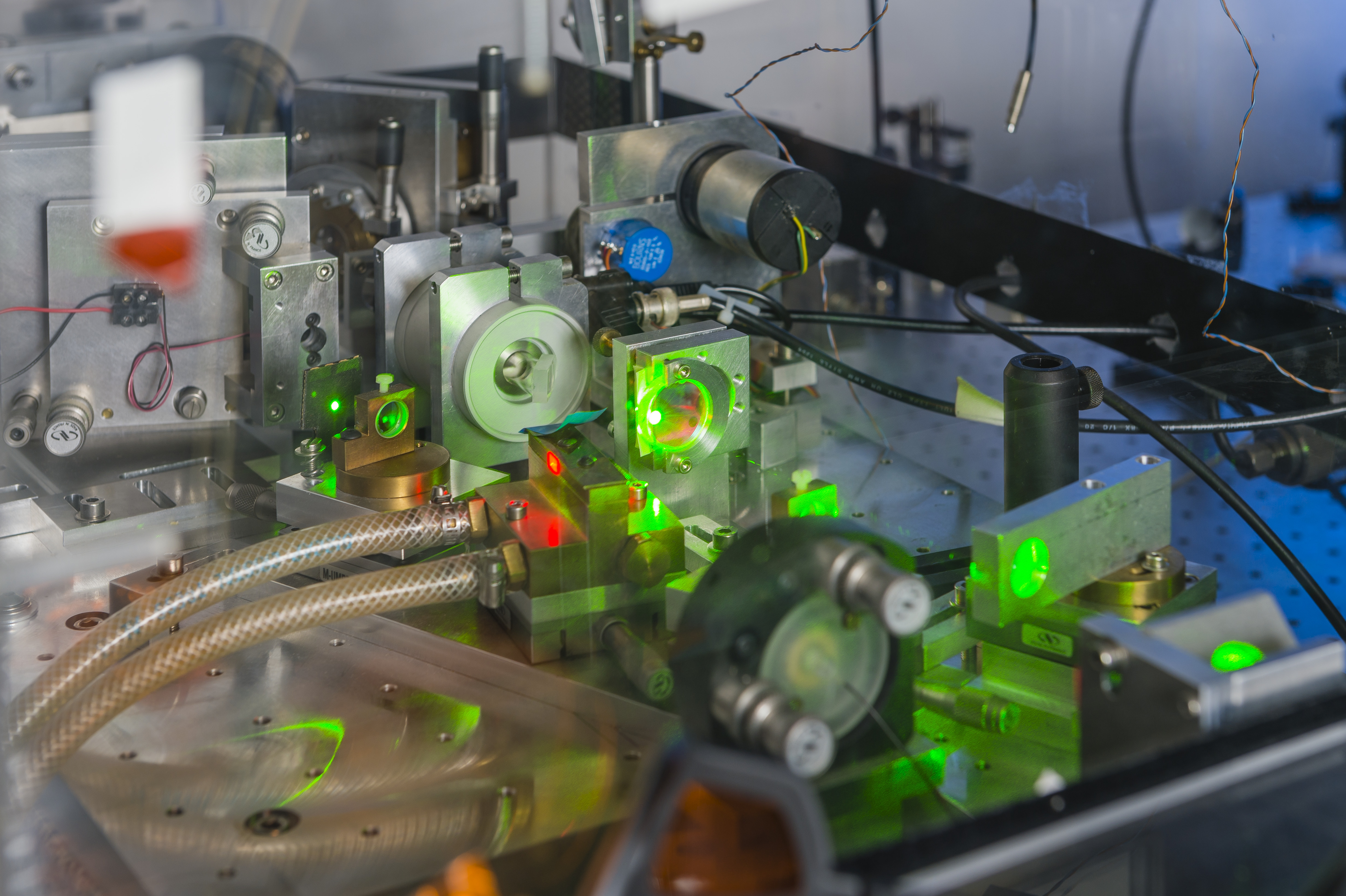 We combine several cutting edge tools to stabilize our lasers. We have developed
an ultra-narrow Ti:Sa laser (shown on the picture) tuned to the 729 nm clock
transition of the Calcium ion. This laser is stabilized on a home-made ultra-stable
cavity to ensure long term stability. The achieved frequency stability is transferred
to the cooling and re-pumping lasers thanks to an optical frequency comb. For the
cooling laser at 397 nm produced by frequency doubling an amplified 794 nm continuous
wave laser, the fundamental is locked on one teeth of the optical frequency comb. We
thus address the trapped Calcium ions with three phase coherent lasers, which is
the key requirement for our 3 photon spectroscopy scheme.
We combine several cutting edge tools to stabilize our lasers. We have developed
an ultra-narrow Ti:Sa laser (shown on the picture) tuned to the 729 nm clock
transition of the Calcium ion. This laser is stabilized on a home-made ultra-stable
cavity to ensure long term stability. The achieved frequency stability is transferred
to the cooling and re-pumping lasers thanks to an optical frequency comb. For the
cooling laser at 397 nm produced by frequency doubling an amplified 794 nm continuous
wave laser, the fundamental is locked on one teeth of the optical frequency comb. We
thus address the trapped Calcium ions with three phase coherent lasers, which is
the key requirement for our 3 photon spectroscopy scheme.
Atom-light interactions
 We develop a precise modeling of the atom-light interaction, focusing on multi-photon
schemes for which one atom interacts with several laser fields at the same time.
We are especially interested in 3 photons schemes, combining lasers of very different
frequencies, to address a forbidden transition. We use several methods based on the
optical Bloch equations and Monte-Carlo simulations, eventually coupled to molecular
dynamics simulations. We have written dedicated Matlab codes to numerically solve these
equations. We are also interested in finding approximate analytical solutions to benchmark
and interpret the numerical results.
We develop a precise modeling of the atom-light interaction, focusing on multi-photon
schemes for which one atom interacts with several laser fields at the same time.
We are especially interested in 3 photons schemes, combining lasers of very different
frequencies, to address a forbidden transition. We use several methods based on the
optical Bloch equations and Monte-Carlo simulations, eventually coupled to molecular
dynamics simulations. We have written dedicated Matlab codes to numerically solve these
equations. We are also interested in finding approximate analytical solutions to benchmark
and interpret the numerical results.
Link with Refimeve
 Our group is part of the national Refimeve+ equipex, aiming at transfering an ultra-stable
optical frequency reference on Internet over long-distances. We are using the signal coming
from the French atomic clocks based in Paris to calibrate the absolute frequency of our lasers,
a key requierement for frequency metrology.
Our group is part of the national Refimeve+ equipex, aiming at transfering an ultra-stable
optical frequency reference on Internet over long-distances. We are using the signal coming
from the French atomic clocks based in Paris to calibrate the absolute frequency of our lasers,
a key requierement for frequency metrology.
Funding
Our research benefits from the support of:
3 PHOTONS: High precision spectroscopy with three photons
Aim
By driving the transition between two metastable states of the Calcium ion with three phase coherent lasers we measure a narrow transition of a few kHz linewidth, between two states separated by a energy in the Thz range, for which few metrological references are available.
Current status
Our ultra stable laser system has been moved to a better isolated laboratory and is now working again at its best performance level. We are finishing data analysis of a measurement campaign and are studying systematic effects affecting our three photon excitation scheme, down to the kHz range.
TADOTI: Thermo and dynamics of trapped ions
Aim
The TADOTI setup main feature is to enable confinement in linear traps of different geometries: a regular linear quadrupole Paul trap and a octupole trap. The quadrupole trap is very robust to trap and laser-cool ions to milli-Kelvin temperatures, effectively suppressing the Doppler effect and enabling optical frequency metrology studies. We are also using this configuration to study transport processes in a one component strongly correlated plasma using the radiation pressure force to study self-diffusion in this system. The octupole trap offers in principle a larger trapping volume and less rf heating, which makes it a promising candidate to improve frequency metrology with cold trapped ions. However this setup is very sensitive to mechanical misalignment.
Current status
We are currently testing a new tuning unit allowing a full control of the 8 rf high voltage applied to the octupole trap rods, and intend to use it to compensate the trap defects.
GIANTMOL: Non-destructive detection of molecules without mass limitation
Aim
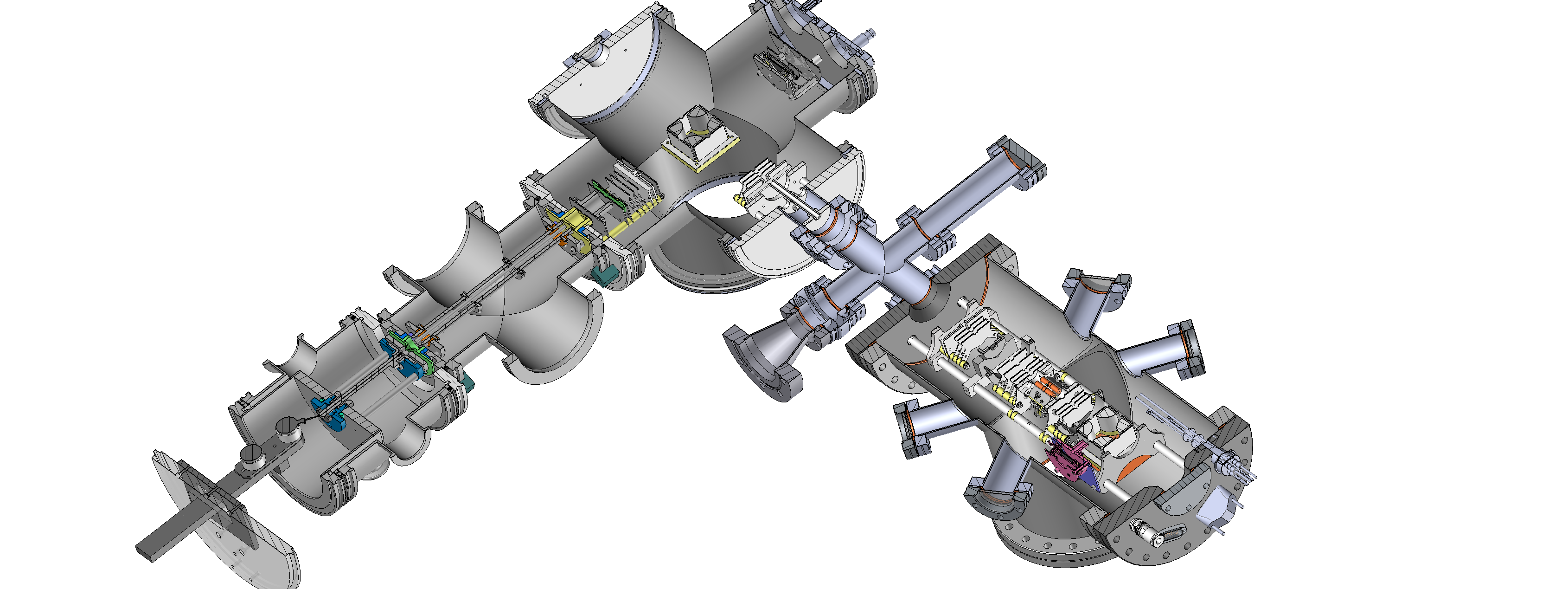 GiantMol aims to use a cloud of laser-cooled ions to detect the passage of a charged molecule.
Such a device is of interest for the detection of molecules of 1 MDa or more, such as proteins
or viruses, for which there is no non-destructive alternative operating at room temperature
(MDa= megaDalton or one million atomic masses). The experimental setup involves an electrospray
source to inject the molecules of interest in the ultra-high vacuum chamber, electrostatic guiding
optics and a linear Paul trap for the laser-cooled ion system. This project is at the interface
of quantum physics and biology.
GiantMol aims to use a cloud of laser-cooled ions to detect the passage of a charged molecule.
Such a device is of interest for the detection of molecules of 1 MDa or more, such as proteins
or viruses, for which there is no non-destructive alternative operating at room temperature
(MDa= megaDalton or one million atomic masses). The experimental setup involves an electrospray
source to inject the molecules of interest in the ultra-high vacuum chamber, electrostatic guiding
optics and a linear Paul trap for the laser-cooled ion system. This project is at the interface
of quantum physics and biology.
Current status
We have recently upgraded the electrospray source and after baking the chamber we recovered the fluorescence signal of the trapped laser-cooled ions. We are ready to test the non destructive detection of large molecules!
UNCAP: Ultracold Neutral Calcium Plasmas
Aim
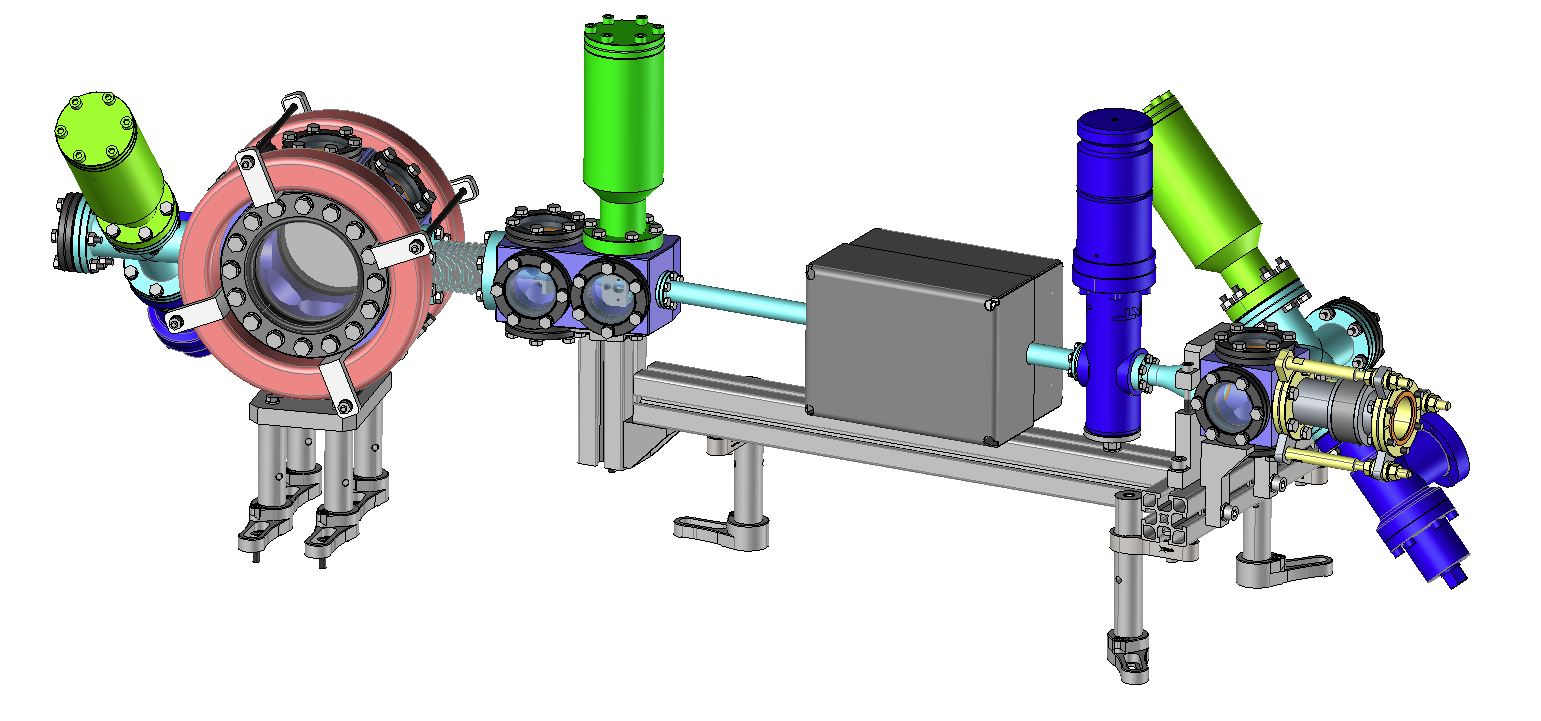 The UNCaP project aims to develop a platform for studying ultra-cold neutral plasmas.
Plasmas are the fourth state of matter, along with solids, liquids and gases, in which
positive (ions) and negative (electrons) electrical charges are dissociated. Understanding
plasma physics is essential to fields as diverse as astrophysics, atmospheric physics,
micro-fabrication techniques and nuclear fusion. In this project, a cloud of trapped,
laser-cooled atoms will be photo-ionized to create a dense ultra-cold plasma in which
interactions between charges play a predominant role. The ambition of the project is to
control and measure the parameters of the ultra-cold plasma to understand the mechanisms
of matter and energy transport in strongly correlated plasmas.
The UNCaP project aims to develop a platform for studying ultra-cold neutral plasmas.
Plasmas are the fourth state of matter, along with solids, liquids and gases, in which
positive (ions) and negative (electrons) electrical charges are dissociated. Understanding
plasma physics is essential to fields as diverse as astrophysics, atmospheric physics,
micro-fabrication techniques and nuclear fusion. In this project, a cloud of trapped,
laser-cooled atoms will be photo-ionized to create a dense ultra-cold plasma in which
interactions between charges play a predominant role. The ambition of the project is to
control and measure the parameters of the ultra-cold plasma to understand the mechanisms
of matter and energy transport in strongly correlated plasmas.
Current status
The project is starting, we have finished the design of the experiment chamber and are currently placing orders.
